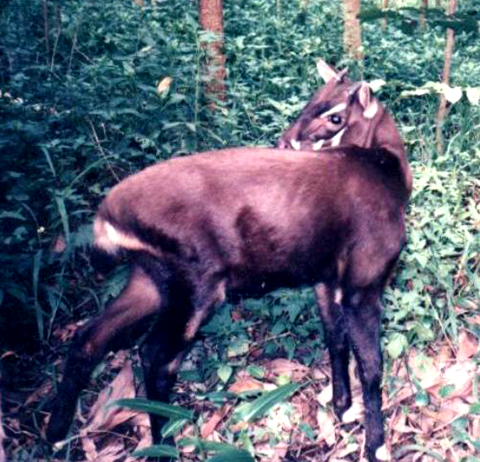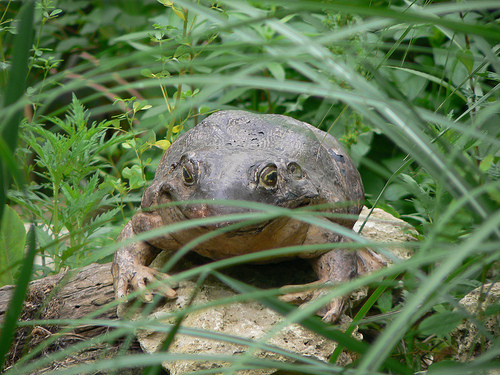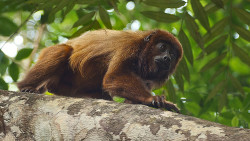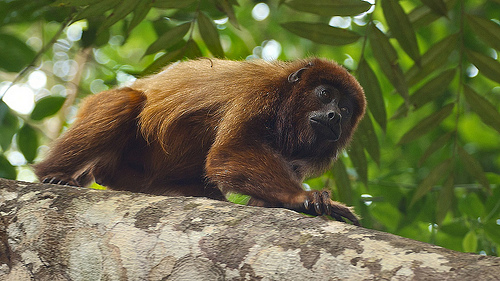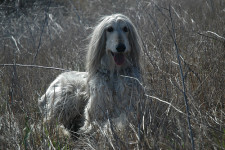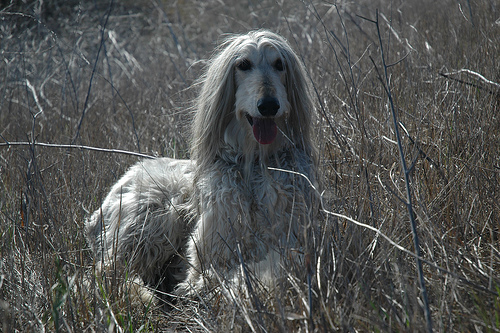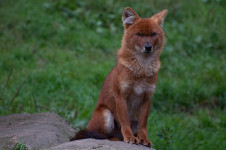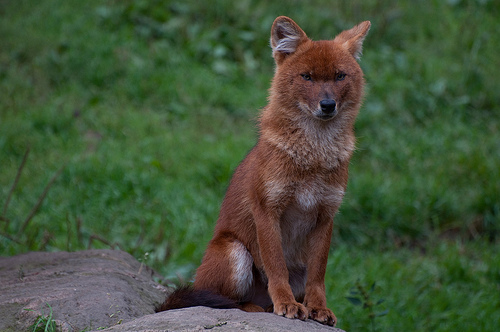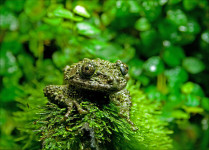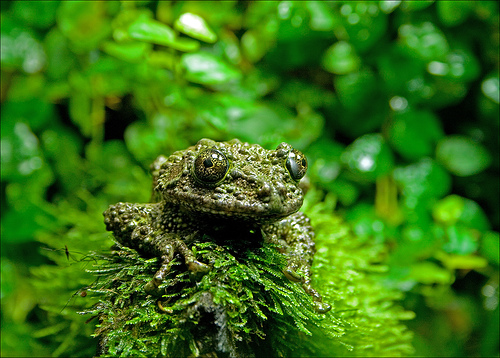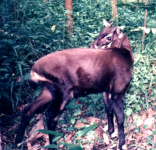
I’m not surprised if you’ve never heard of saolas – they are just a little rare after all.
- Saolas are an antelope species native to regions of Laos and Vietnam in Southeast Asia.
- ‘Saolas’ are also known as ‘Vu Quang oxes’, ‘Vu Quang bovids’, ‘Asian unicorns’ and ‘Asian biocorns’.
- The scientific name of a saola is Pseudoryx nghetinhensis and it is from the family Bovidae, the family of bovids, or ruminant animals with cloven hooves.
- Typically saolas grow to be 80 to 90 centimetres (31.5 to 35.4) in height excluding the head, and 80 to 100 kilograms (176 to 220 pounds) in weight.
- The short fur of saolas is generally coloured a combination of brown, red and black shades, and they have horns reaching 35 to 50 centimetres (14 to 20 inches) in length.
Saola
Image courtesy of Wikimedia Commons
- Saolas usually live in damp mountainous areas that contain dense forests and woodlands, near valleys and rivers and other water sources.
- Saolas, despite often living a solitary life, may group in herds of two to three, with some native observers noticing groups of up to seven.
- The diet of saolas consists of vegetation including leaves, stems and grasses, and it may also consist of seeds, berries and fruit.
- Saolas are listed as critically endangered due to hunting and habitat loss, with extant numbers estimated to be 250 or less.
- Saolas first became known to the modern world in 1992, in the Vu Quang Nature Reserve through a group survey, when the group came across a new horn type on a hunter’s wall; and as a result, many observations were later taken from captive species or native reports.
Bibliography:
Saola, 2015, A-Z Animals, http://a-z-animals.com/animals/saola/
Saola, 2015, Wikipedia, https://en.wikipedia.org/wiki/Saola




